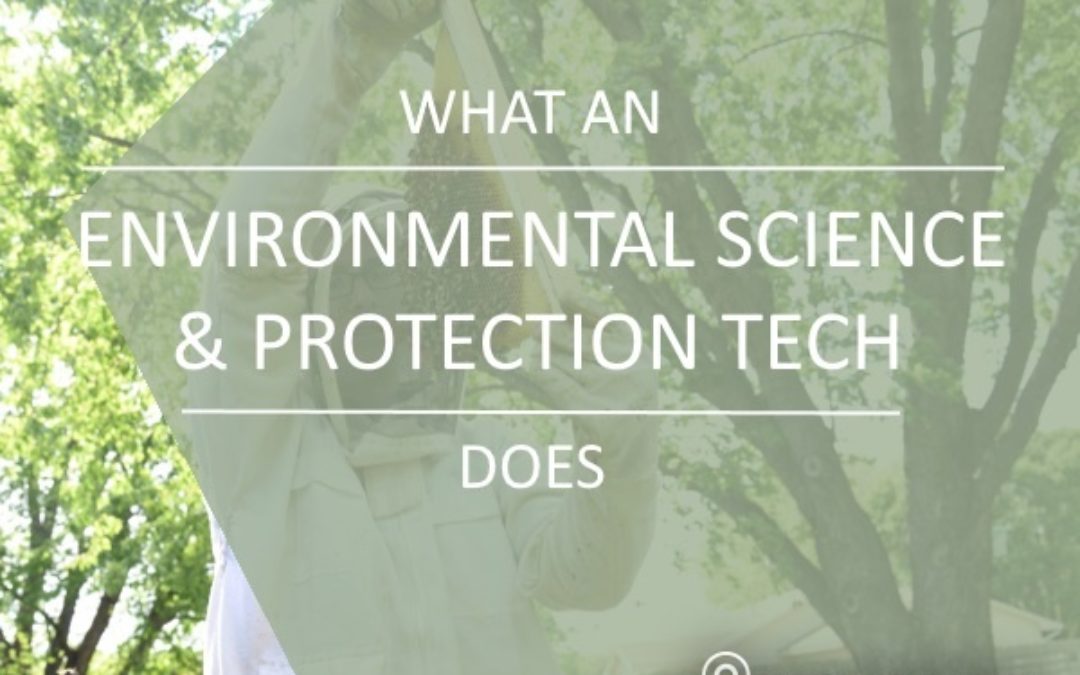Have you ever wondered who tackles the environmental issues that impact our health and planet? When contamination or pollution poses a threat, environmental science and protection technicians are the frontline heroes identifying the causes and finding solutions.
What an Environmental Science and Protection Technician Does
As an environmental science and protection technician, your daily duties are dynamic and impactful:
- Inspecting for Environmental Hazards: Conduct regular assessments to identify potential environmental risks.
- Monitoring Health and Safety Hazards: Use specialized equipment to detect and measure pollutants and hazardous materials.
- Collecting Environmental Samples: Gather air, soil, water, and other samples for laboratory analysis.
- Managing Samples Accurately: Ensure all samples are properly labeled and tracked to maintain data integrity.
- Analyzing Samples: Utilize tools like microscopes to study samples and identify contaminants.
- Documenting and Collaborating: Record your findings meticulously and discuss them with your team to develop solutions.
- Supporting Environmental Scientists: Work under the guidance of environmental scientists and specialists to assist in larger projects.
You can find opportunities in consulting firms, government agencies, laboratories, and the field. Your specific duties may vary based on your employer and work setting.
How to Become an Environmental Science and Protection Technician
If you’re passionate about protecting the environment and public health, here’s how you can embark on this career path:
- Educational Foundation: Start with a high school diploma or GED, focusing on courses in science and math.
- Pursue an Associate’s Degree: Most employers prefer candidates with at least an associate’s degree in environmental science, environmental health, public health, or a related field.
- Relevant Coursework: Take classes in chemistry, biology, geology, mathematics, computer science, and statistics, including practical lab work.
- Obtain OSHA Training: Receive OSHA-compliant training if your job involves handling hazardous materials.
- State Licensing (if applicable): Check if your state requires licensing, especially for handling substances like radon or sanitation services.
Advancing your education with a technical program or bachelor’s degree can open doors to more advanced positions and responsibilities.
Salary and Job Outlook
According to the latest data from the Bureau of Labor Statistics:
- Median Annual Salary: Approximately $49,510
- Entry-Level Salary: Around $30,350 (10th percentile)
- Experienced Salary: Up to $81,080 (90th percentile)
Salaries can vary based on experience, industry, and location. Technicians employed by local governments often earn higher wages, while those in testing laboratories may earn less.
Employment Growth
The employment of environmental science and protection technicians is projected to grow 6% from 2022 to 2032, which is about as fast as the average for all occupations. This growth is expected to result in around 2,100 new job openings over the decade, driven by increased public interest in environmental issues and sustainability.
Why Choose This Career?
Becoming an environmental science and protection technician allows you to make a tangible difference in the world. You’ll play a crucial role in identifying environmental hazards and protecting both public health and the planet. If you’re eager to contribute to meaningful environmental solutions, this career offers a rewarding path.
Reference:
